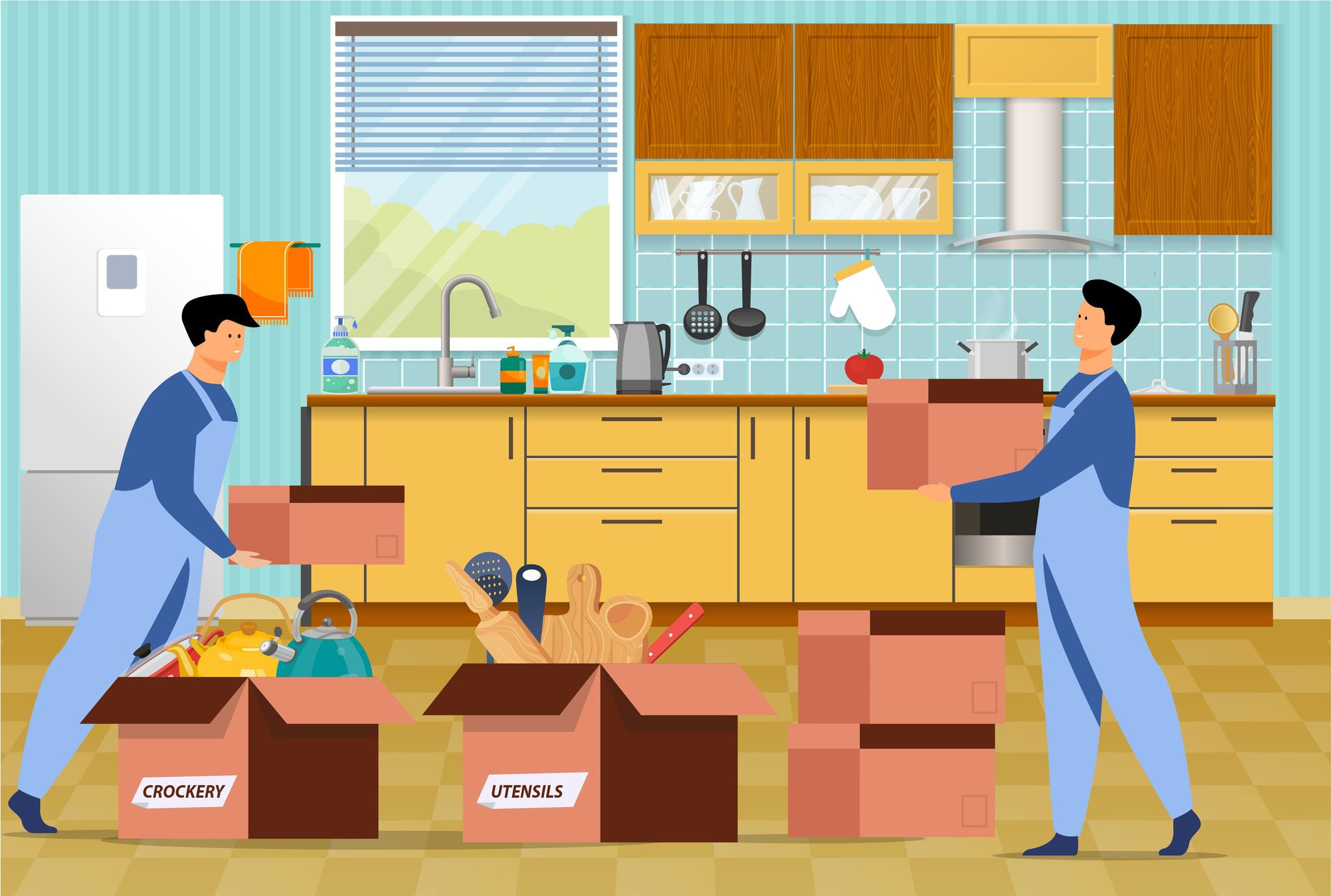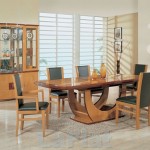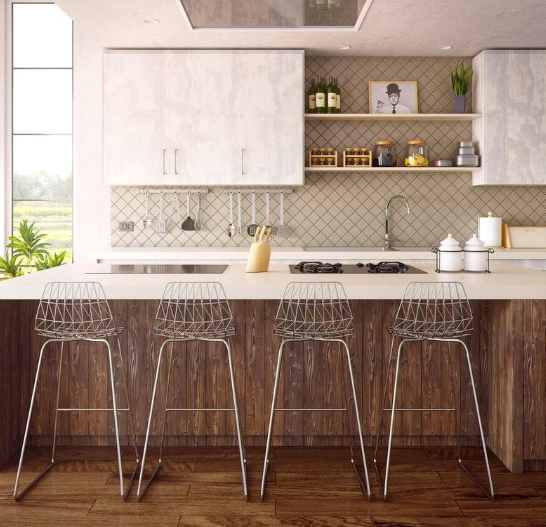The kitchen is the heart of every house, one of the most happening places but at the same time most complex place and challenging area of the house to move items.
When it comes to moving and packing, most people are afraid to pack the kitchen. In this work, there is no need to rush, otherwise, you risk finding broken plates and glasses after the move.
To help you, here are a couple of tips to remember
Select and simplify
Before moving everything, choose the items you want to keep with you after the move and put away the ones you think you may no longer need.
Be sure to leave any items you have decided to discard away from the moving boxes so you don’t accidentally pack them.
Explore every drawer and wall unit and try to be as selective as you can. With the objects, you don’t want with you.
Take time to pack your kitchen in advance
A large number of items in your kitchen are not used every day. Start packing slowly a week in advance, it’s much better than facing this on the eve of the move. Things like china or crystal dishes, seasonal items, and some kitchen appliances can and should be packed in advance to reduce stress before moving.
In principle, you can only keep the essentials, such as cups, plates, cutlery, a couple of pots, one or two knives, cleaning products, a towel and a coffee maker. The rest can be started to pack a week before the move.
Pre-stock all necessary packing materials.
In the kitchen, you will definitely need packing materials.
Boxes. We recommend using small and medium boxes, ensure against falling through the bottom.
Wrapping paper. For wrapping glassware and cutlery.
Scotch tape. Do not hesitate and buy an adhesive tape dispenser – it will save you a lot of time when packing.
Markers and stickers. Label each box carefully.
Air bubble film. The runway can be used to wrap especially fragile or valuable items, as well as to fill empty spaces in utensil boxes.
Assemble a separate box with the essentials.
Pack a box that will contain the things you need right away when you are in a new location. Put your most used items there, such as a kettle, plate, cup, cutlery for each family member, a towel, detergent, napkins.
Packaging of kitchen appliances.
Kitchen appliances – If you still have the original packaging of your appliances, use it. If not, you need medium-sized boxes and ingenuity. Wash the appliance and wipe dry. Remove small and fragile objects such as glass bowls from it. Then find the manual and clip it to the front of the unit for easier assembly later. Finally, pack the fragile parts into paper or pad. Place the appliance in the box and place the small parts on top. We know this process is difficult to manage. So to pack and relocate your kitchen items you should hire the best movers and packers in Bangalore (or in your area). They have a team of professionals who are well experienced in these tasks.
Packaging of dishes.
Place two layers of bubble wrap or wrapping paper on the bottom of the box. Wrap each utensil in a thin layer of wrapping paper and stack them one at a time in the box, interleaving the items with an extra layer of form sheets. For very fragile items such as glasses, wrap bubble wrap instead of paper. Fill the empty space in the box with filler, the dishes travel better if they are tightly packed with the least amount of free space for internal movement.
Cutlery, Pots and pans.
Sort your cutlery into various kinds. Pack them in a bun with a flexible band and overlay them independently in a shoebox. Envelop the sharp cutting edges of blades by cardboard. To locate the correct box for your pots or container, take the biggest skillet and spot it in a case that fits both evenly and vertically. When you discover a container of the correct size, begin pressing, making sure to wrap the glass tops with paper or foil.
Stocking of grocery and food items
Minimize your grocery purchases before moving, buy only what you really need and will use before you move. When packing food, especially liquid food, use plastic bags to avoid leaks. Jars: Be careful not to overload the boxes, place the jars in the bottom layer and put lighter items on top. Wrap glass jars in wrapping paper.
Cleaning products and chemicals.
Unscrew the caps, place a piece of polyethene on the neck and screw the cap back on. Collect all cleaning products in a large plastic bag and place in a box.
Transportation of products from the freezer.
Transfer perishable items to ice packs and cooler bags just before moving. Defrost and wash the refrigerator. Place the refrigerator on the side of the car so that after moving the first thing to turn it on and load it with food. Fridge on the edge to turn on and remove food immediately
conclusion
If you take the time to plan, packing your kitchen can be painless! Read this guide a couple of times before you start packing, You can also talk to our executive who can help you with some valuable tips for packing and even reorganisation so that you can enjoy your kitchen in a new place.











